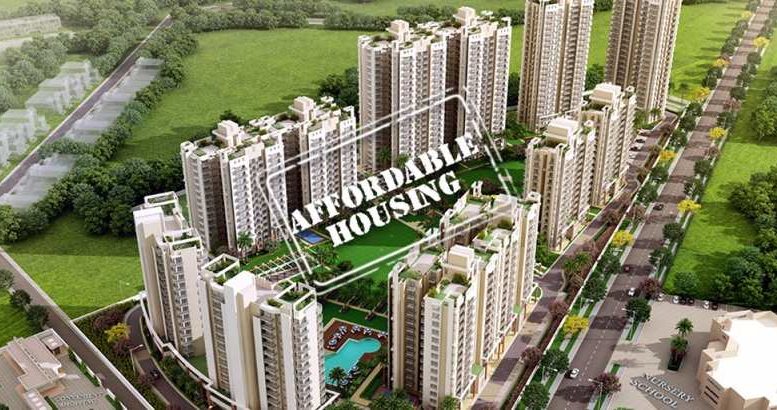One of the flagship projects of the current government at the centre is the ‘Housing for All’ scheme, better known by its official name, Pradhan Mantri Awas Yojana or PMAY. The primary objective of this project is to ensure that every family has a roof over their heads by 2022.
Key facts at a glance
- 20 million – Shortage of affordable housing in India as units (approx.)
- 71% – Percentage of population living in pucca houses, as per 2017 data.
- 57.5% – Success rate of PMAY, in rural regions.
- 10% – Success rate of PMAY, in urban regions.
The honourable Prime Minister kick-started this project in June of 2015 by announcing its objective of constructing 2 Crore affordable houses for the urban as well as the rural poor. One of the most ambitious government housing schemes in India, the PMAY also offers home loan interest subsidy to the participants. There are several benefits of PMAY which make it an ideal option for prospective homebuyers.
Discerning the performance of housing schemes
In its most elementary objective, PMAY is supposed to ease your way of becoming a homeowner. Although a step in the right direction, it has not been able to live up to its billing. The unsatisfactory pace of house construction has taken the sheen off the project significantly. The government had initially planned to sanction 7.5 million houses and complete the construction of 3 million of them by the end of FY 2018-19.
However, as of November of 2018, only about 1.2 million houses have been constructed, which is severely below the targeted mark. Even among those 1.2 million houses, 55% are concentrated in just 5 states, namely Maharashtra, Uttar Pradesh, Madhya Pradesh, Tamil Nadu and Andhra Pradesh.
To be fair, the present government has done more for affordable housing than its predecessors. The previous regimes had also launched similar government housing schemes in India, such as the Indira Awas Yojana and the Jawaharlal Nehru National Urban Renewal Mission (JNNURM), but these schemes never really took off at scale.
Roadblocks and possible solutions
Even as the premium real estate segment in India has become stagnant in recent times, the demand for affordable housing has increased manifold. There are several reasons for this phenomenon. India’s population is currently growing at an annual rate of 1.3%. Furthermore, urban migration, favourable demographics, nuclearisation of families, rise in income has further amplified the demand for cost-effective housing solutions.
Yet, PMAY has failed to make the desired impact. There are several reasons for that, the primary among which are the difficulties in land acquisition, especially in the urban areas, lack of interest from local governing bodies, low participation of private players, lengthy bidding mechanisms, etc.
Furthermore, the affordability to purchase houses has also increased in the recent past. Lending rates are at a record low, and property prices have not increased as much as the average income of the demographic.
An increasing number of people are now availing a loan for a house in India from reputed NBFCs / lenders to fund their home purchase. Such lenders have made availing a home loan incredibly convenient.
Loan eligibility is kept at a bare minimum, and they offer a host of benefits to go with their loan offerings. One such benefit is the pre-approved offers which ease the loan application process. These offers are available on home loans, personal loans, business loans, among the numerous financial products. You can check your pre-approved offer by submitting a few essential details like your name and contact details.
All these factors, combined with low home loan EMI make it exceptionally difficult for the PMAY to be a runaway success.
However, the prospects of this scheme are not as bleak as naysayers might make it out to be. Affordable government schemes in India have the potential to generate incremental capital investment in the range of Rs. 1-1.3 Lakh Crore annually, and can lead to a job creation bonanza of about 27-34 million, apart from impacting other sectors of the economy such as energy and overall urbanisation positively. The government is confident of meeting its target by 2022, and there’s no reason why it can’t be achieved if operations are ramped up according to requirements.

Be the first to comment on "Affordable Housing- Are They Really Working?"